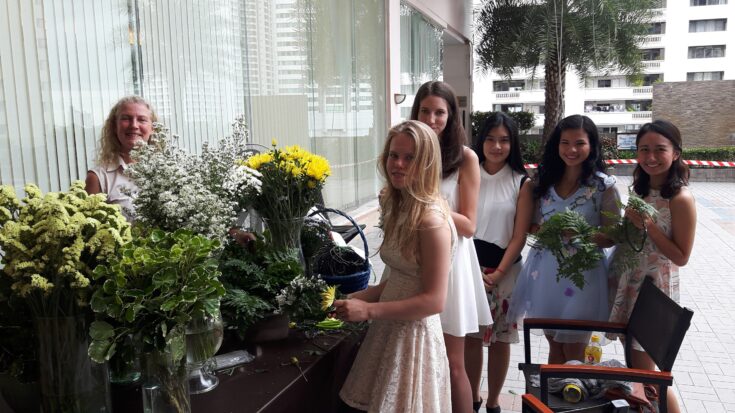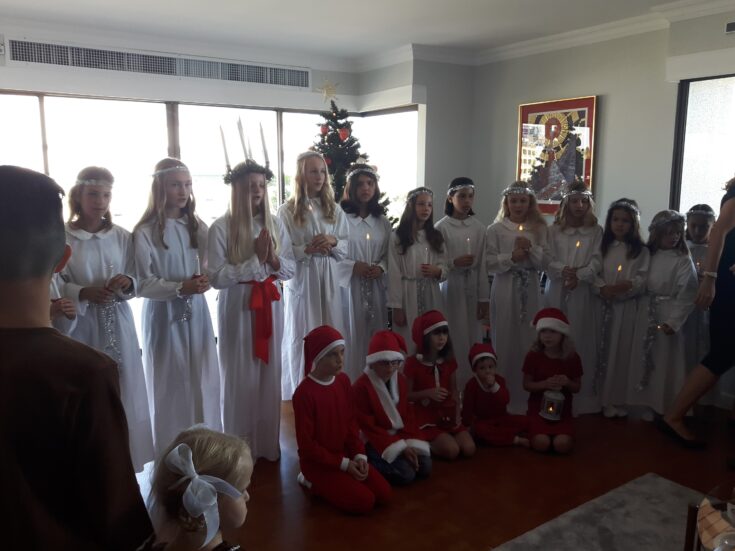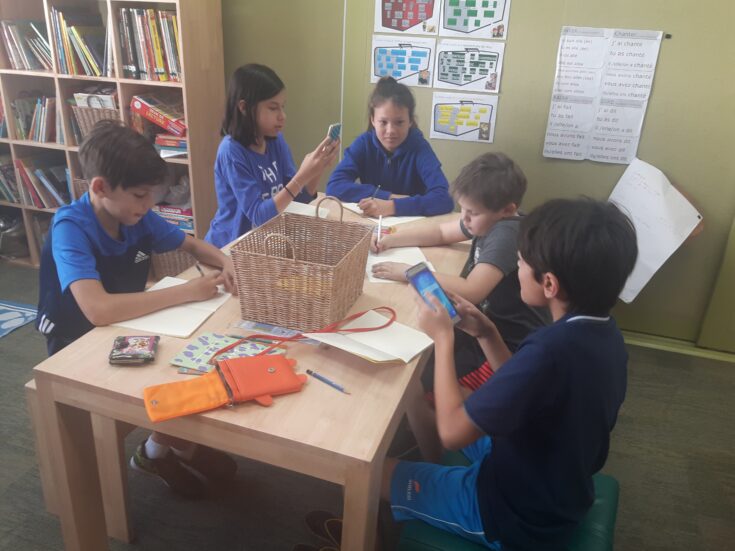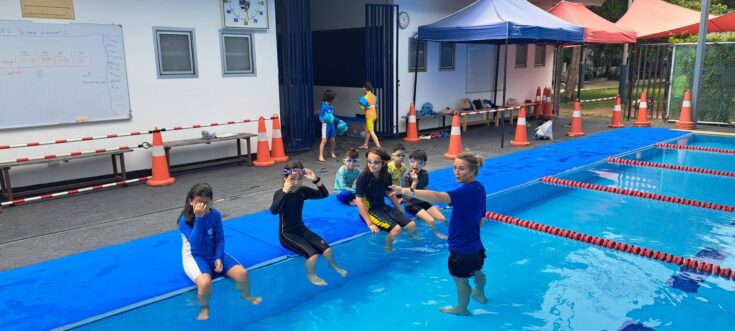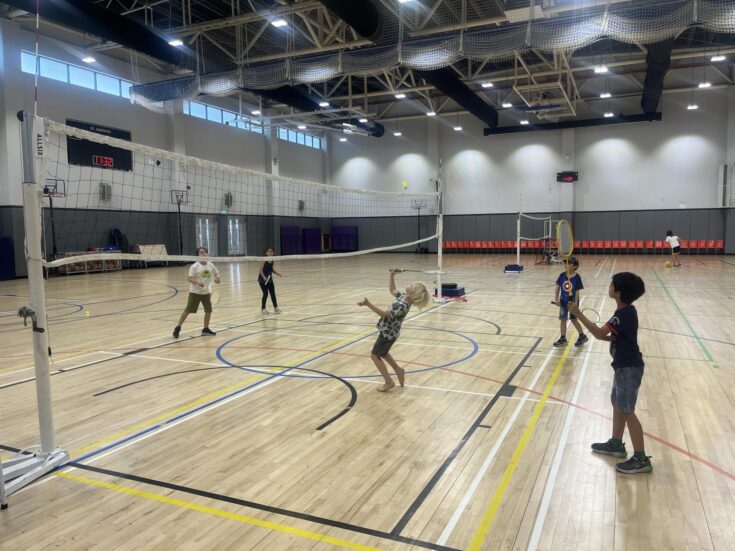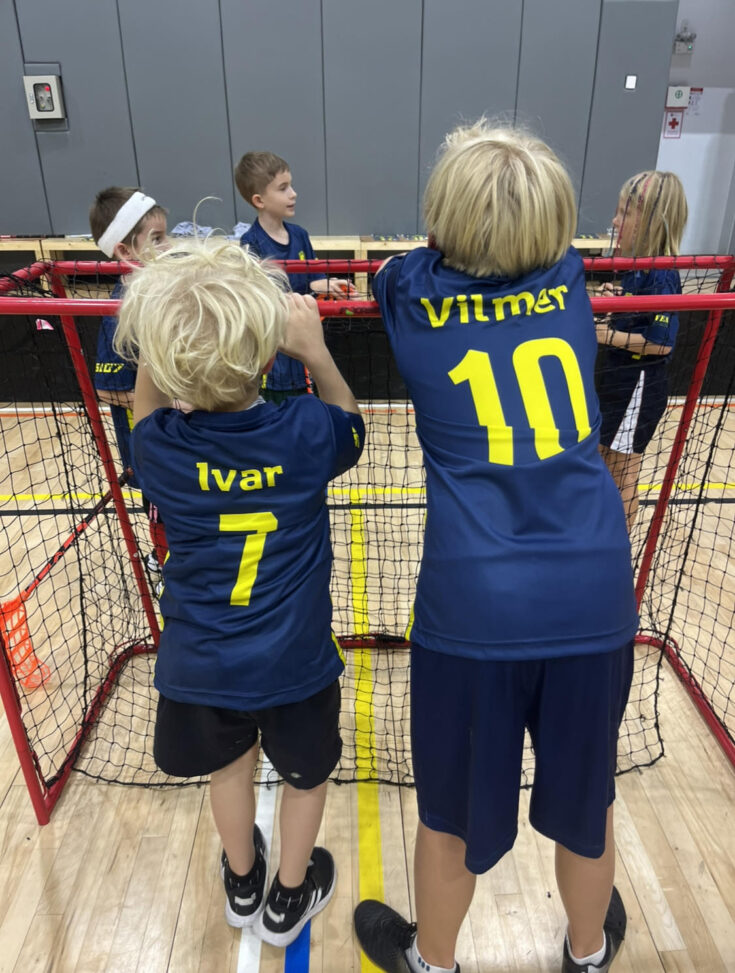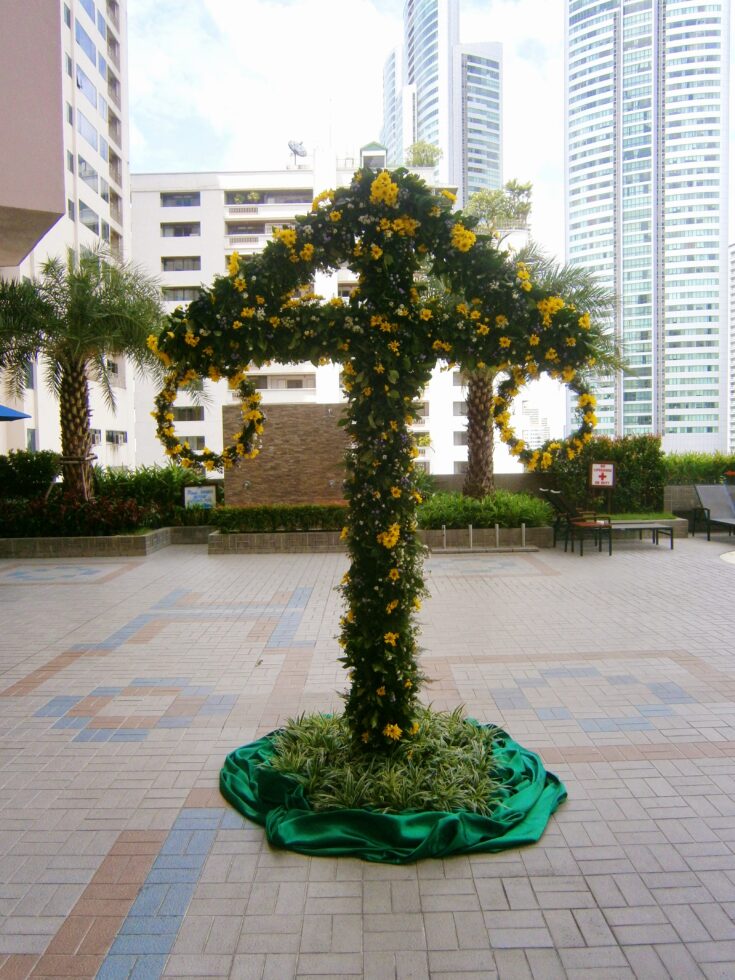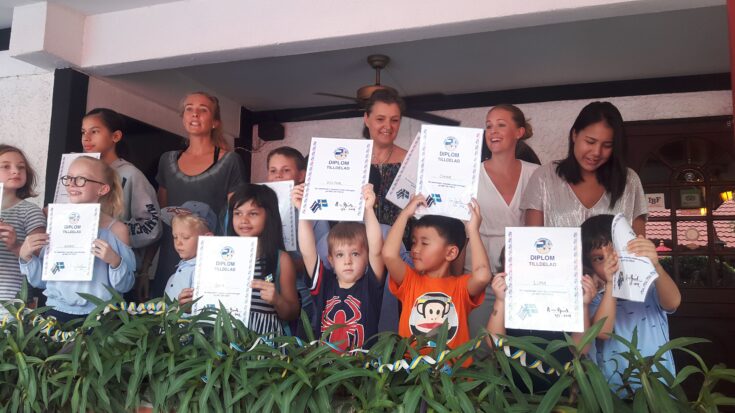
As a Swedish parent, how much weight do you place on preserving your child’s Swedish heritage? This question sparks considerable debate.
In the 1970s, the Swedish School Organization Bangkok was established by Swedish educators. Originally, its mission was to support Swedish or half-Swedish children in delving deeper into Swedish traditions, culture, and language.
In and around Bangkok, many children are born to one Swedish parent and one foreign parent, or both parents are Swedish. Some of these children grow up in various countries, perhaps only visiting Sweden during summer or Christmas vacations. For them, attending international or bilingual schools abroad often means that Swedish language learning isn’t a priority.
In my opinion, every language is a valuable gift that we must not neglect but instead teach and instill in our children.
At present, there are few schools offering Swedish curriculum, with NIST being one of them. Additionally, some schools offer Swedish classes after regular school hours, such as ELC International Schools.
For young individuals who are Swedish or of Swedish descent, being acquainted with the Swedish language, culture, traditions, history, and general education significantly eases their adjustment if they ever need to return to Sweden.
Since its inception, the Swedish School Organization has dedicated Saturday or Sunday mornings to welcoming children for two-hour lessons at various locations. Initially, the organization rented an old villa on Sukhumvit Soi 38 with a garden. Presently, the locations include NIST School on Sukhumvit Soi 15, the Bright Skie School in Ekamai, and during the COVID-19 pandemic, lessons were conducted in teachers’ homes.
Before COVID-19 disrupted our normal lives, there was a substantial group of students spanning different ages, with typically four teachers present. I was – and still am – one of them.
It’s important to note that the Swedish School Organization should not be confused with a Swedish school. We do not adhere strictly to the Swedish school curriculum but instead strive to impart Swedish culture, tradition, and language. We refer to this as complementary Swedish education.
We are mindful of the long school days and early mornings children endure, which compels us to make the two-hour sessions enjoyable and engaging to capture their attention.
For the past six months, we have been meeting on Saturdays at St. Andrews on Bearing 107. St. Andrews offers a large sports hall, swimming pool, and playground, which we have the privilege to utilize.
Usually, the children are accompanied to St. Andrews by one of their parents, often their fathers, who take the opportunity to enjoy a coffee at nearby coffee shops while the children engage in activities. During the initial minutes of the lessons, the children have time to play and warm up in the sports hall.
We teach them various skills, including writing, reading, teamwork, and respect for others. Additionally, we introduce them to indoor floorball, a relatively unknown sport in Thailand but popular in Sweden. SWEA Bangkok chapter has generously donated equipment, fostering the children’s enthusiasm for the sport. Indoor floorball sessions take place weekly at St. Andrews.
We also teach the children how to play Rounders, a game familiar to the teachers’ childhoods.
Emphasis is placed on Swedish traditional holidays such as St. Lucia in December, Easter in spring, and Midsummer. The children participate in performances for the Swedish/Thai Chambers of Commerce and at Advent church services, creating memorable experiences for them and the community.
Close to Midsummer, we join Midsummer lunches organized by the Chamber of Commerce, where the children learn to make flower wreaths and participate in traditional dances.
It’s essential for Swedish children to be familiar with traditional songs and customs like “Små grodorna” (The Little Frogs) and “Skära, skära havre” (Cut, Cut Oats), which enrich their cultural understanding.
Traveling to Sweden to visit grandparents or experiencing a traditional Christmas buffet becomes more meaningful when children know what to expect. They learn about Swedish landscapes, counties, animals, flora, fauna, the Royal Family, Alfred Nobel, and other significant aspects of Swedish culture.
Lessons often conclude with activities related to beloved Swedish characters like Pippi Longstocking and Emil in Lönneberga, fostering a sense of connection to Swedish literature and culture.
When asked about their plans after Swedish lessons, most children mention digital activities like playing games on computers or using iPads. We are pleased to offer them alternatives to digital entertainment, introducing them to sports and other activities.
If you have a child aged six or older who could benefit from brushing up on the Swedish language, making Swedish friends, or exploring Swedish sports, don’t hesitate to contact the Swedish School Organization Bangkok. We warmly welcome more children to St. Andrews Bearing 107, adjacent to the BTS station Bearing, on Saturdays between 10:00 am and 12:00 noon.
For further information, please visit https://www.ssfbkk.org or follow us on Facebook.
Give your children the opportunity to embrace their Swedish heritage!
